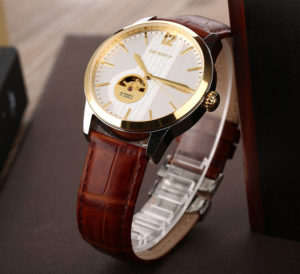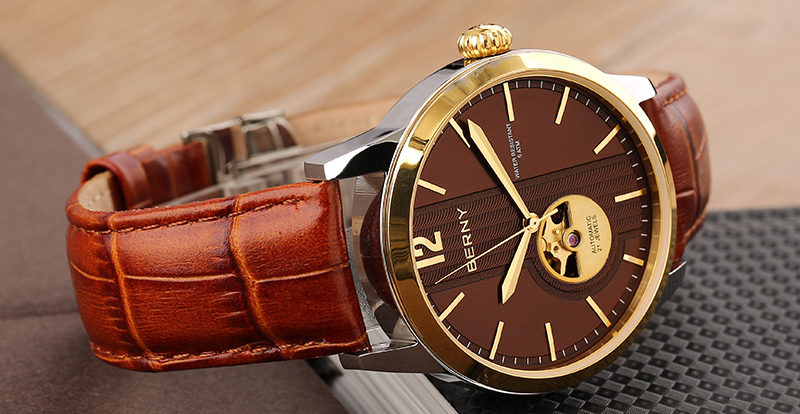Automatic vs. Hand-wind watches
I’ve had many questions regarding not just the difference between automatics and hand-wind watches, but which is better to get, and why get a manual-wind when an automatic is so far superior.
Well in truth, the answer is simple. They are both manual (hand-wind) watches. If you think that you don’t have to wind your automatic, then you probably have experienced a watch that is not that accurate and you wonder why you spent so much money on it.
A hand-wind watch has to be wound every day (or if it’s an eight-day watch, then once a week will be ok). The mainspring is the key to all of this. On a hand-wind watch, the reserve can vary from 24, 36 to 48 hrs. (and even more in some watches). Note: The watch companies will always say that the reserve is less than what it is, just to be always right.
Take a Rolex for example. All of their watches are automatic and all of them will run forever, it seems, once you put it on your wrist. At night if you take it off and put it on a table, the watch will continue to run and “run down” the power supply – the mainspring.
So when you put it on again, the watch continues to run because it is “automatically winding.”
Well yes, since the mainspring is unwinding all of the time, the “automatic” part of the watch actually keeps the mainspring at the state of wound or unwound the same. So if you have a mainspring that is half-wound or has unwound halfway, the automatic rotor will keep it there at the half-wound position.
 An automatic watch works best when it is fully wound (or at least greater than halfway wound). When you pick up a watch that is totally unwound, and put it on, it will start ticking and will tell time and will keep pretty good time, but the watch is still unwound. Your watch may be slow by a few minutes a day or fast by a few minutes a day when the mainspring is not fully wound. A good rule of thumb is to wind your automatic watch once a week or at the very least, once every two weeks. I should have put all of this in the “Winding Down” section!!!
An automatic watch works best when it is fully wound (or at least greater than halfway wound). When you pick up a watch that is totally unwound, and put it on, it will start ticking and will tell time and will keep pretty good time, but the watch is still unwound. Your watch may be slow by a few minutes a day or fast by a few minutes a day when the mainspring is not fully wound. A good rule of thumb is to wind your automatic watch once a week or at the very least, once every two weeks. I should have put all of this in the “Winding Down” section!!!
NOTE: You can see all of the above if you have a watch that has a power-reserve indicator. You will see that the indicator stays where it is during normal wear and drops about 1/4 of the power overnight.
NOTE 2: Watchwinders do actually wind watches. An automatic watch placed on a watchwinder overnight will get wound to the full extent. A watchwinder will keep the watch moving at an angle that keeps the rotor rotating and this winds the watch.
During normal everyday wearing of a watch, the rotor doesn’t move very much. Sitting at a desk or driving (or even walking) doesn’t really wind a watch. Again, it will keep the watch at the tension that it was when you put it on (unless you’re playing golf or involved in some activity that gives the motion needed to get the rotor going).
So wind your automatic hand-wind watch at least once every two weeks and your non-automatic hand-wind watch every day.
